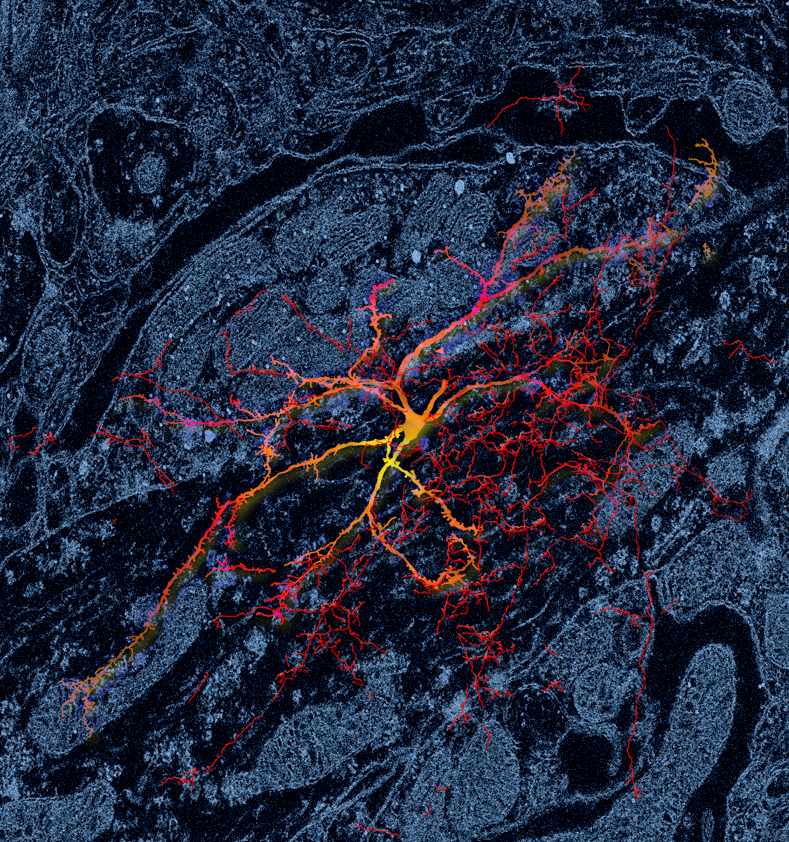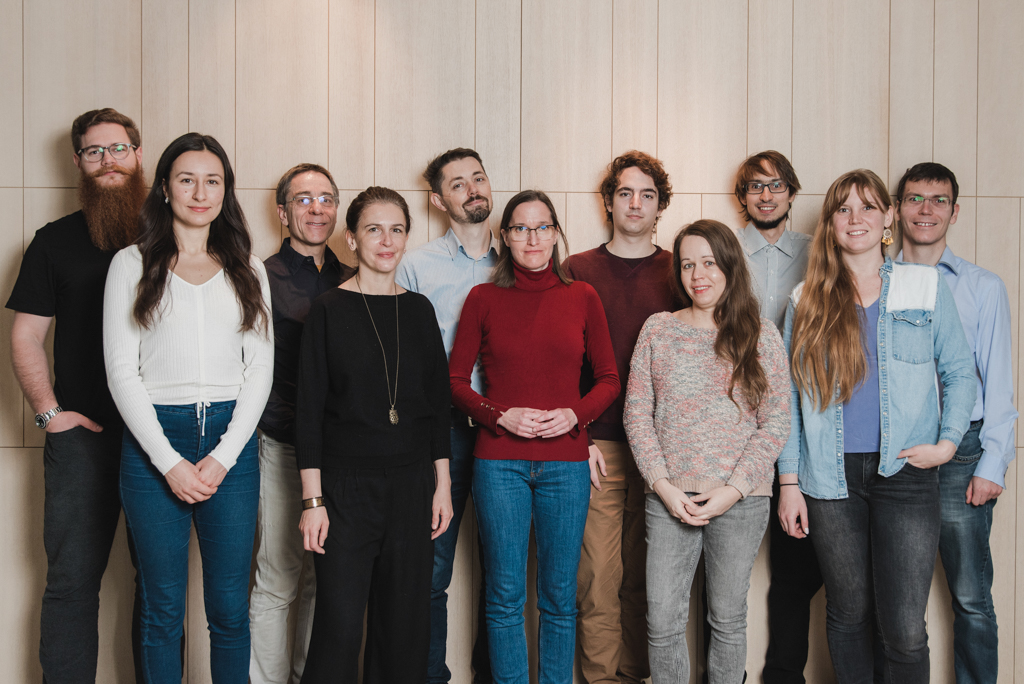About Us
The Laboratory of Thalamus Research has been established in 2003 with a special focus on understanding the roles of non-sensory thalamus. Our work in the past two decades have indicated that a critical component of thalamic organization is the vast complexity and heterogeneity of its afferents. We use advanced morphological and physiological methods to decipher the role of region specific thalamic inputs in governing thalamic activity and behaviour.
A peculiar feature of the vertebrate forebrain is that its main information centre, the neocortex, has hardly any fast, glutamatergic inputs from the rest of the brain. The majority of the spatially and temporally highly organized cortical information about the outside word, the inner state of the animal or the action of cortex on the rest of the brain is funnelled through the thalamus
Due to historic reasons, however, thalamus is the least studied and least understood higher order brain centre. For 100 or so years thalamus was studied in the context of sensory information transfer. By now, however, it is clear the sensory transfer is an important but minor and highly specialized component of thalamic function and data in the past 10 years indicated that the rules of operation are different in the rest of the thalamus. What are these rules exactly and why are they different is still unclear.
Thalamus consists of a complex mosaic of computational units in which the origin, the complexity and the integration of its inputs are hugely variable and a key component to understand normal and pathological thalamic function is to decipher the logic of the input organization.

Presently the Laboratory of Thalamus Research aims to understand thalamic cell assemblies in the context of motor control, stress induced behavioral alterations and region specific cortical control of different thalamic nuclei. We place great emphasis on comparative work thus we systematically compare the equivalent regions of primate and rodent thalamus.
We use various forms of conventional, confocal superresolution and electron microscopy, cell type specific optogenetic approaches, viral tracings, in vivo single and multiunit recordings as well as behavioral esseys to achieve our goals.

Our work is/was financed by ERC, the Wellcome Trust, Hungarian Research Fund and the Eötvös Lorand Research Network.






